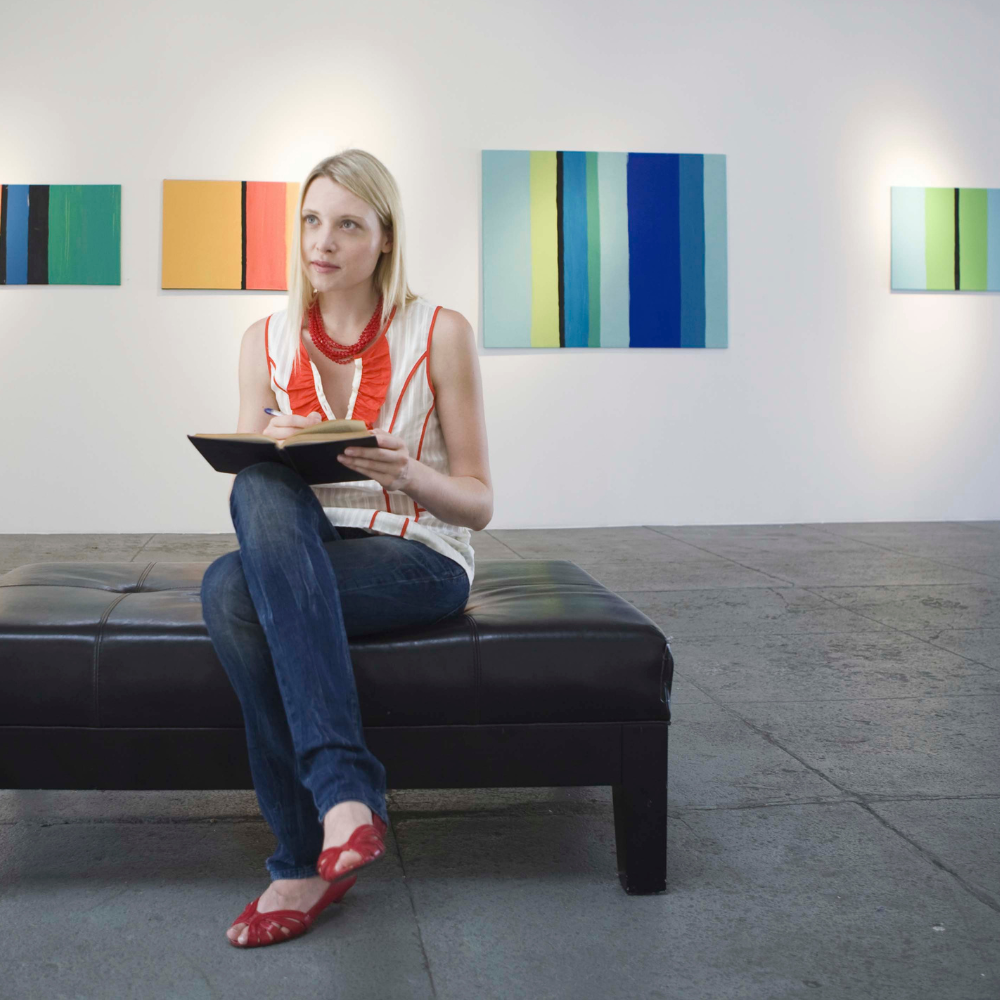Art is a language of visual communication that transcends cultural and linguistic barriers.
It is a medium through which artists express their thoughts, emotions, and perspectives.
Art isn't just about splashing colors on a canvas or molding shapes out of clay; it's a profound form of communication that speaks volumes without uttering a single word.
It's the soul's language, allowing artists to bare their deepest thoughts, raw emotions, and unique perspectives to the world.
But what makes an artwork not just good, but truly captivating?
At the core of every masterpiece lie the foundational elements that, when wielded with skill and passion, transform simple materials into expressions of human experience.
In this article, we will explore what are the most important elements in art, delving into how each contributes to the creation of a compelling art piece.
Join us as we unveil the four most important elements in art, and discover how these essential components weave together to create the magic that is art.
Key Takeaways:
- Understanding the four most important elements of art—line, color, shape, and texture—is crucial for both creating and appreciating visual art.
- These elements serve as the building blocks for all artistic expression, influencing how the eye perceives and connects with an art piece.
- Mastery of line, color, shape, and texture allows artists to convey depth, movement, and emotion, enhancing the viewer's experience.



Line: The Foundation of Form
Lines are the most basic and versatile elements of art.
They are used to define space, create an outline, suggest form, and indicate direction and movement.
Whether visible or implied, lines are present in every piece of art and serve as the foundation upon which all other elements are built.
Artists use lines to guide the viewer's eye and create a sense of structure within the artwork.
From the bold, geometric lines in a Mondrian painting to the delicate contour lines of a Degas drawing, the use of lines is as varied as the artists who wield them.
Color: The Spectrum of Expression
Color is one of the most impactful elements of art, capable of evoking emotion and setting the mood of an artwork.
It is defined by three basic properties: hue, value, and intensity.
The color wheel is a fundamental tool for artists, showcasing the relationship between primary and secondary colors and providing a visual representation of how colors mix.
Through the strategic use of color, artists can create contrast, highlight a focal point, or harmonize different parts of their work.
For example, the use of blue can convey a sense of calm, while yellow often imparts a sense of energy and warmth.
Shape: Defining Spaces and Objects
Shapes are defined areas that stand out from the space next to or around them due to a defined or implied boundary.
They are created when a line connects to enclose space and can be geometric, like squares and circles, or organic, mimicking forms found in nature.
Shapes are essential in the categorization of visual art, as they help to organize elements into patterns and structures.
They can also create a sense of depth and perspective, giving the illusion of three-dimensional space on a two-dimensional canvas.
Artists often play with shapes to challenge the viewer's perception and to add complexity to their work.
Texture: The Illusion of Physicality
Texture refers to the surface quality of an artwork, whether it is smooth, rough, soft, or hard.
It can be actual, created through the use of different textures of materials like canvas, paper, or sculpture materials, or implied, suggested visually through the use of art techniques.
Texture adds a tactile dimension to visual art, inviting the viewer to imagine the sensation of touching the surface. It can also enhance the realism of an artwork or add an abstract quality.
For instance, Van Gogh's thick, expressive brushstrokes create a sense of dynamic texture that adds to the emotional intensity of his paintings.

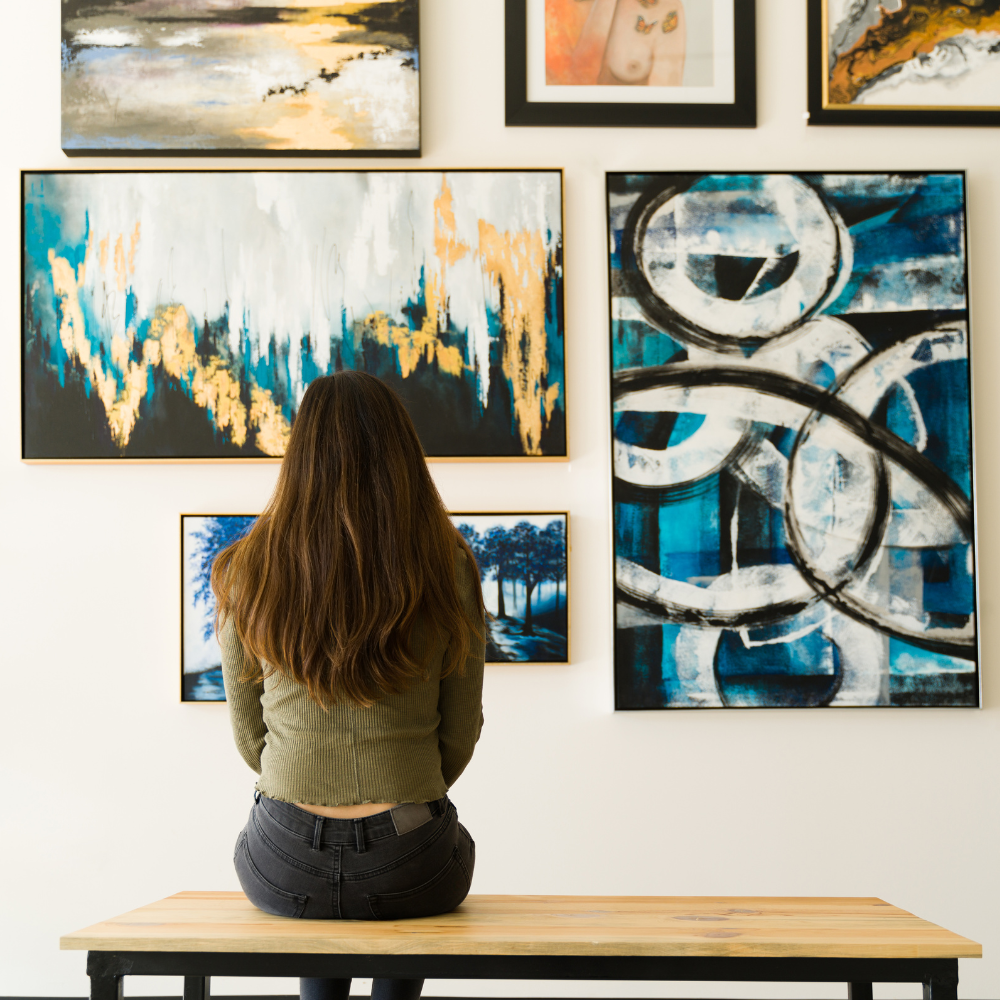

Unlocking the Symphony of Art
The four most important elements in art are the building blocks that artists use to create and convey their vision.
In the grand orchestra of artistic expression, line, color, shape, and texture play the roles of indispensable instruments, each contributing its unique voice to the creation of a masterpiece.
Like a maestro wielding these elements with precision and creativity, artists craft experiences that resonate with the soul, communicate profound ideas, and stir a spectrum of emotions.
Mastery of these elements allows for the creation of artworks that can communicate complex ideas and evoke a wide range of emotions.
This exploration into the core pillars of art not only enriches our appreciation for the visual masterpieces around us but also empowers aspiring creators with the tools to shape their visions into reality.
By understanding and applying these fundamental components, artists can manipulate how the eye perceives an art piece, ultimately enhancing the viewer's experience and interaction with the work.
Remember that the journey into art's vast landscape is endless, and the mastery of these fundamental elements is the key to unlocking new horizons of expression and connection.
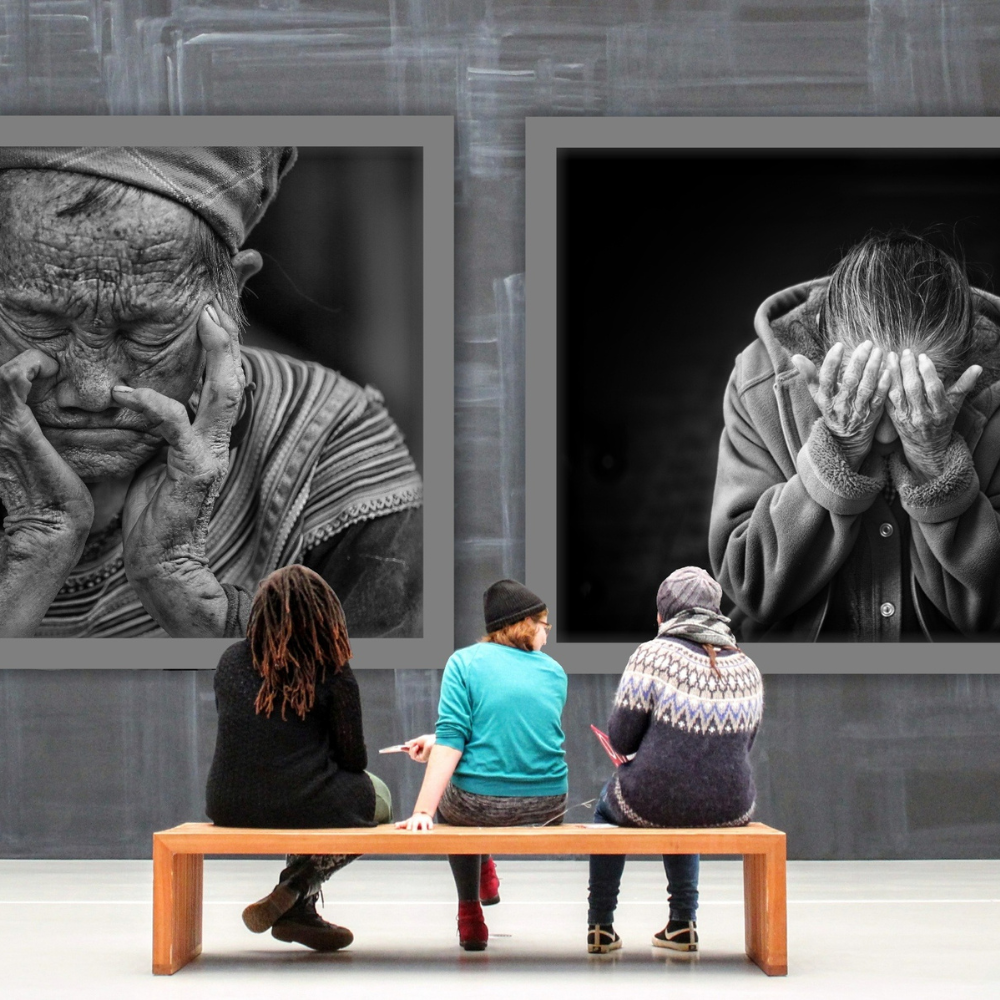


Art Elements FAQs
Diving into the art world can be as mesmerizing as it is complex.
Whether you're an aspiring artist, an art enthusiast, or simply curious about the creative process, understanding the fundamentals is key.
The elements of art serve as the building blocks for all artistic creation, guiding artists in their journey to express, evoke, and innovate.
But what makes these elements so crucial, and how do artists weave them into their masterpieces?
These FAQs are here to shed light on these questions and more, offering insights into the very foundation of artistic expression.
Let's unravel the mysteries behind the canvas and explore how the elements of art shape the world of creativity.
Why are the elements of art important?
The elements of art are important because they are the basic components that artists use to build and convey their creative vision, whether based off the physical world or the imagination. They help to structure the artwork and influence how it is perceived and interpreted by the viewer.
Can an artwork be created without using all four elements?
Yes, an artwork can be created with a focus on one or more elements, but all four are generally present in some form. Even the absence of an element, such as color in a monochromatic drawing, is a deliberate artistic choice that shapes the final piece.
How do artists choose which elements to emphasize in their work?
Artists choose which elements to emphasize based on the message or emotion they wish to convey. Working with color schemes, such as primary colors, complementary colors, warm/cool colors, etc. can impact the mood of your work. The choice is often influenced by the artist's style, the medium they are working with, and the conceptual goals of the artwork.

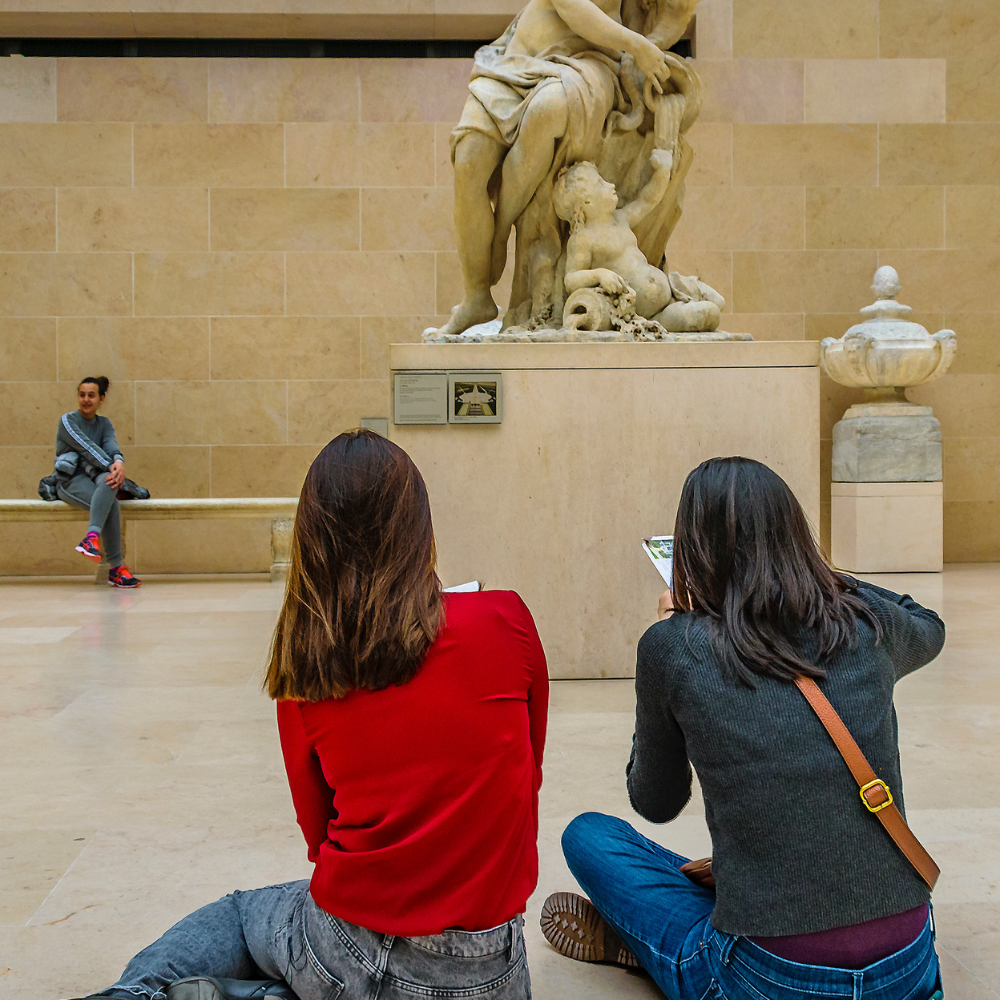
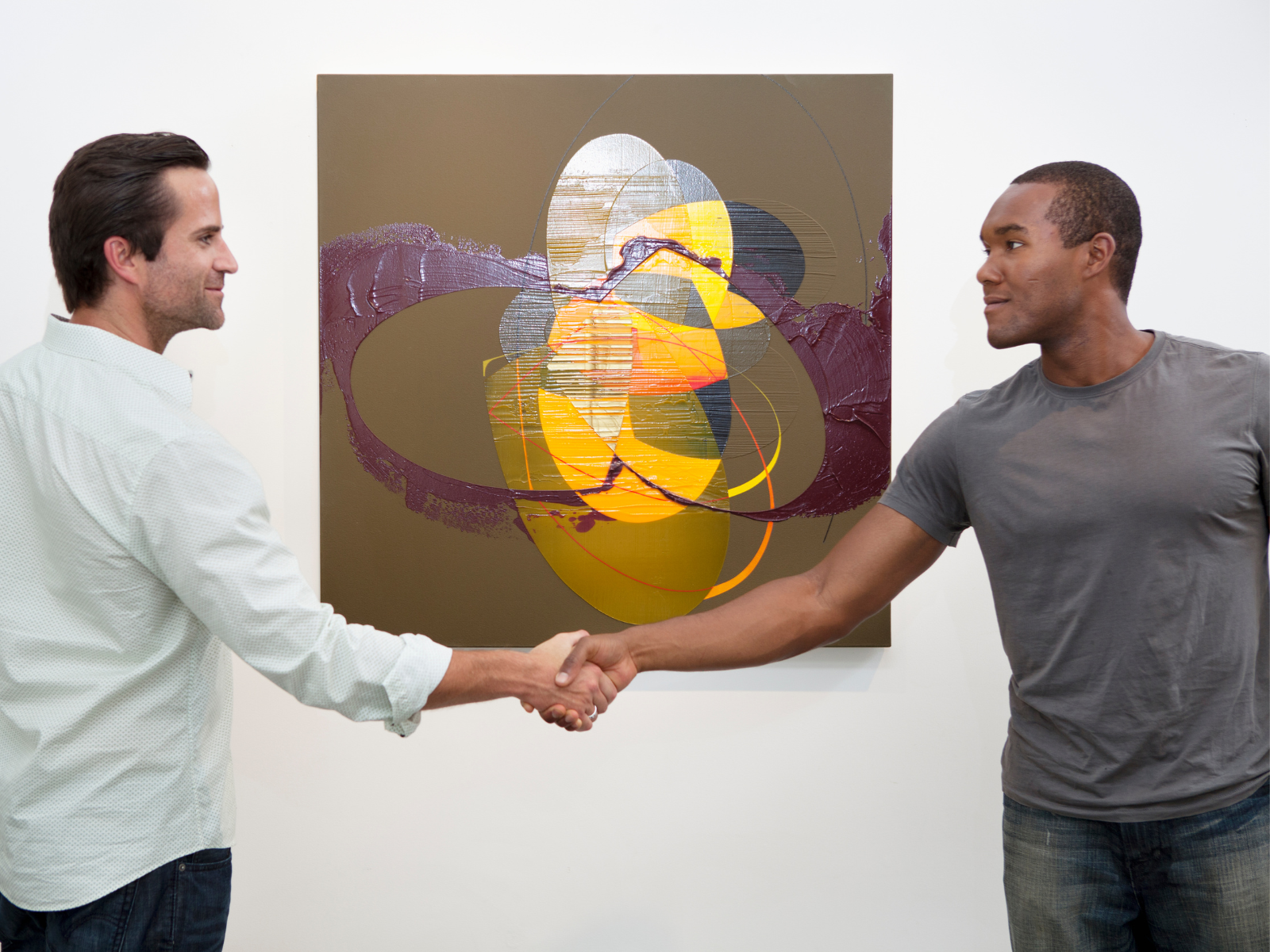
Interested in learning more about the elements of art? Check out Melissa Allshouse's video!
Want even more content about creativity and art?
Be sure to check out all of our creative chronicles!
Eager to explore art, creativity, and critiquing?
Check out some of our other articles:
-Giving and receiving feedback
-What questions can you ask while evaluating art?
-How do you evaluate a piece of art?
-What are the 4 main parts of art?
